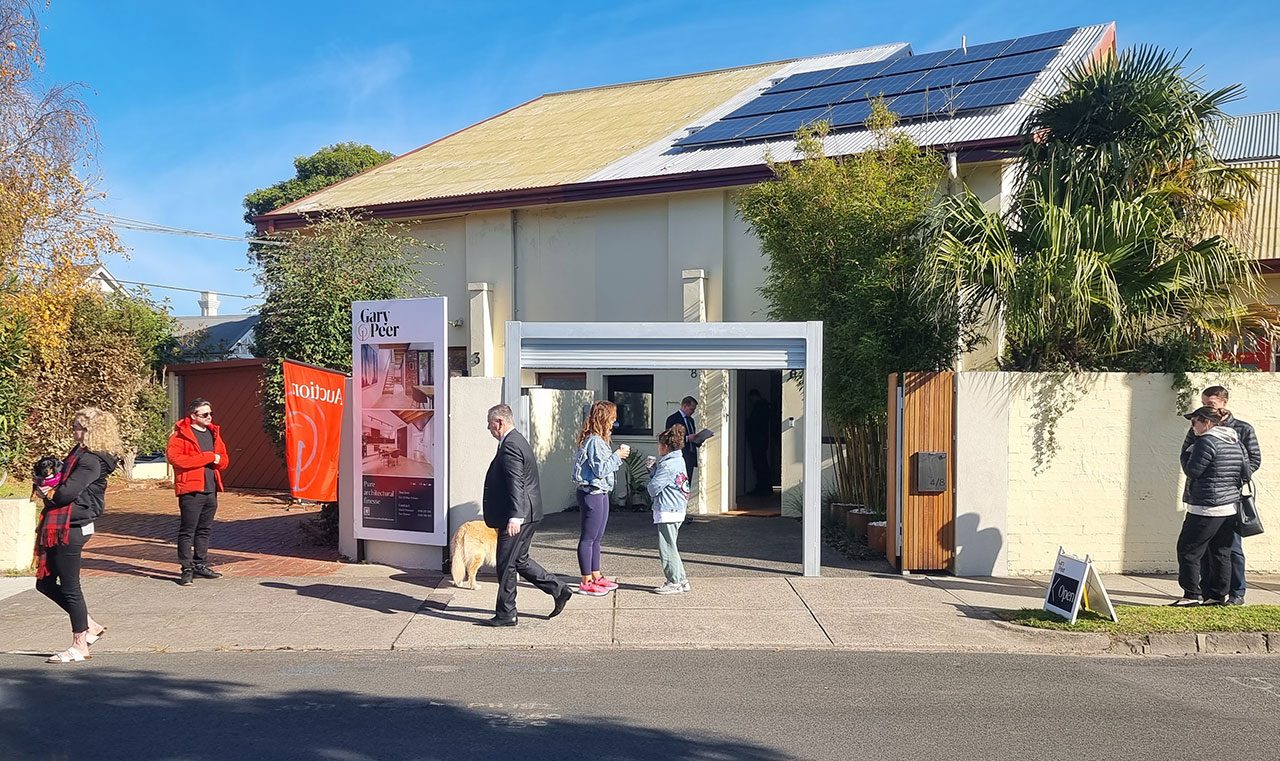This article is from the Australian Property Journal archive
DESPERATION from buyers will begin leaving the housing market, with the ongoing increase in new listings – which hit a nine-year high for September – allowing for more choice and capping price growth in spring selling season.
New listings volumes on realestate.com.au were 2.8% higher over the month of September and 10.1% higher year-on-year, PropTrack analysis shows. This was the strongest month for national new listings since February 2024, and the highest volume of new listings for the month of September since 2015.
National new listing volumes have now recorded an annual increase in 12 of the past 14 months.
“We are seeing a heightened number of properties available for sale, but also more properties coming to the market. That swings things back towards buyers – and if this continues, there won’t be as much desperation from buyers,” PropTrack director of economic research, Cameron Kusher told Australian Property Journal.
“They can be a lot more selective and it will probably lead to slower price growth.
“We’ve been seeing the rate of price growth slow pretty much every single month. And with more stock on the market, we would expect that to continue.”
This is backed by a new leading indicators index devised by Capital Economics that combines several factors to capture the balance of supply and demand in Australia’s housing market, and which this week suggested that house price growth will continue to slow over the coming months.
House price growth in recent months has been carried by Perth, Brisbane and Adelaide, with the hallmark being a severe lack of supply. Freshly-advertised housing stock levels are at their highest in three years, CoreLogic data shows, together with existing affordability constraints putting the brakes on house price growth across the country.
Total listings over the year were 7.7% higher in capital cities and up 5.2% in regional markets, according to PropTrack, as national total listings were at their highest level since November 2023.
PropTrack’s figures pegged the combined capital cities with a 13.7% annual increase in new listings volumes, and regional markets with 4.4%.
New listings were at their highest volume for the month of September since 2015 in Sydney and Melbourne, since 2018 in Brisbane and since 2004 in Canberra.
Coastal locations in Sydney, such as Sutherland, the Northern Beaches, and the eastern suburbs have all seen increases in listings, Kusher said. In Melbourne, the Mornington Peninsula has seen the biggest increase in new listings, along with the north-west.
The western and southern suburbs have led listings growth in Brisbane; Adelaide has been led by the central and Hills areas, and in Perth, new listings in Mandurah have surged by 46.6% year-on-year there.
“In Victoria, you’ve got the investor tax, which is probably encouraging some people to sell. More generally, property price growth has been significant over recent years – less so in Melbourne, but generally elsewhere in the country – so people have got a lot of equity in their property, and that’s giving them the ability now to look to upgrade,” Kusher explained.
“In the rental market, there’s been a little bit of an easing of the supply issues. And we know a lot of people have to sell their property before they purchase their next property, which means they have to transition through the rental market. And there’s a little bit more of an ability to do that now than there has been over recent years.
“You do start to wonder how long you can continue to see such a large increase in new listings. But I wouldn’t be surprised in other parts of the country where new listing volumes have been much more constrained, that we continue to see a bit of an increase year-on-year.”




